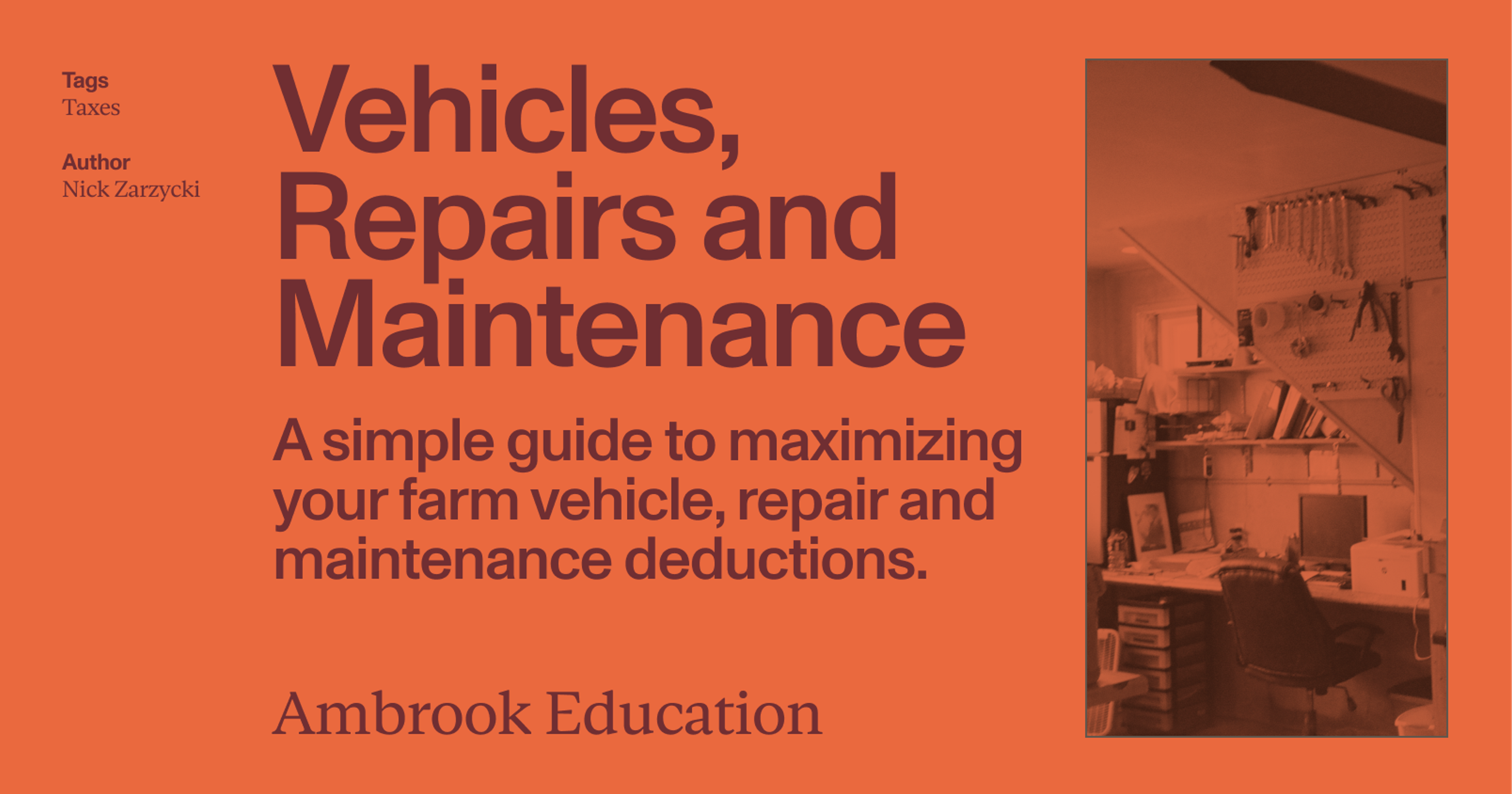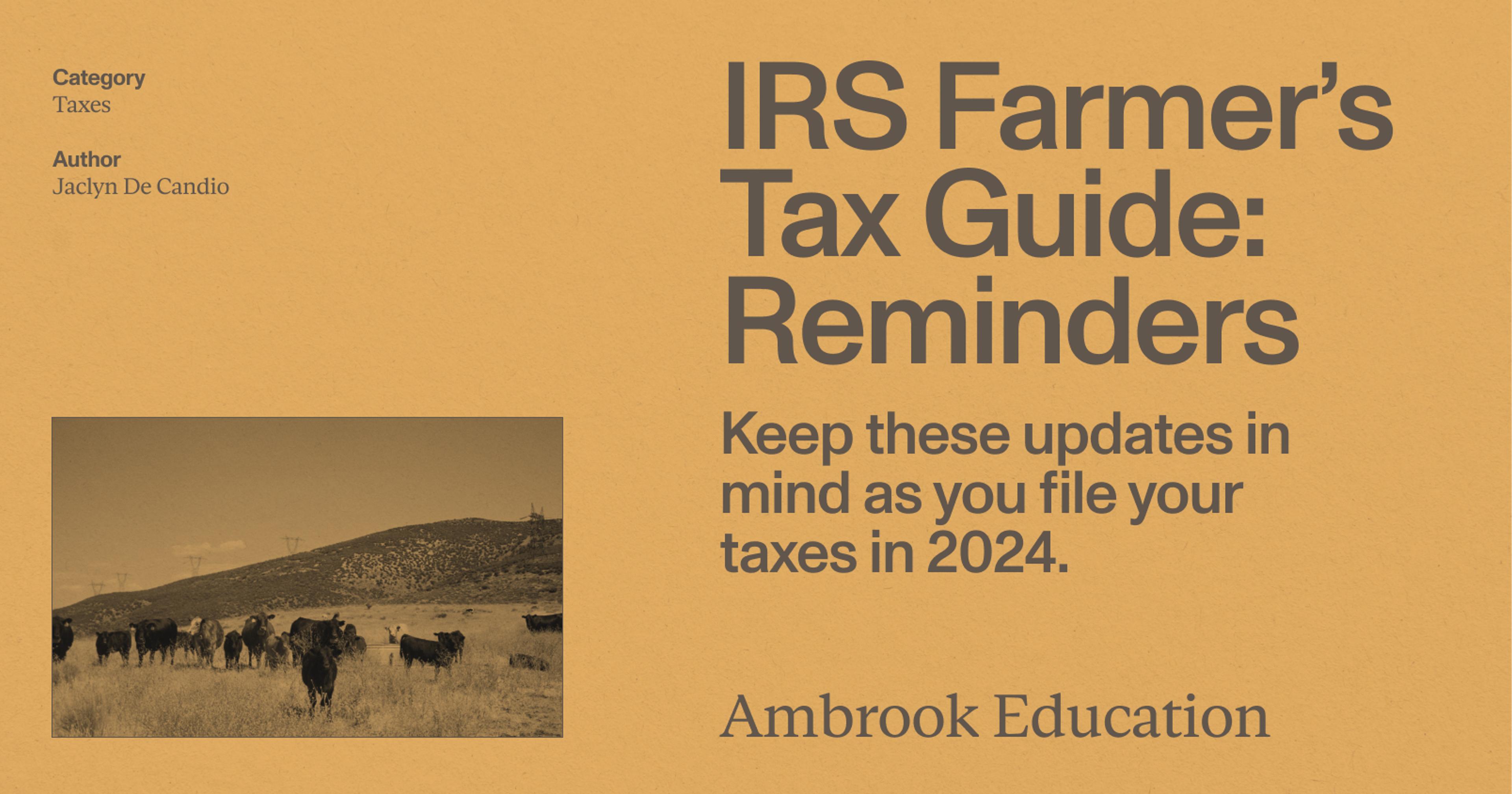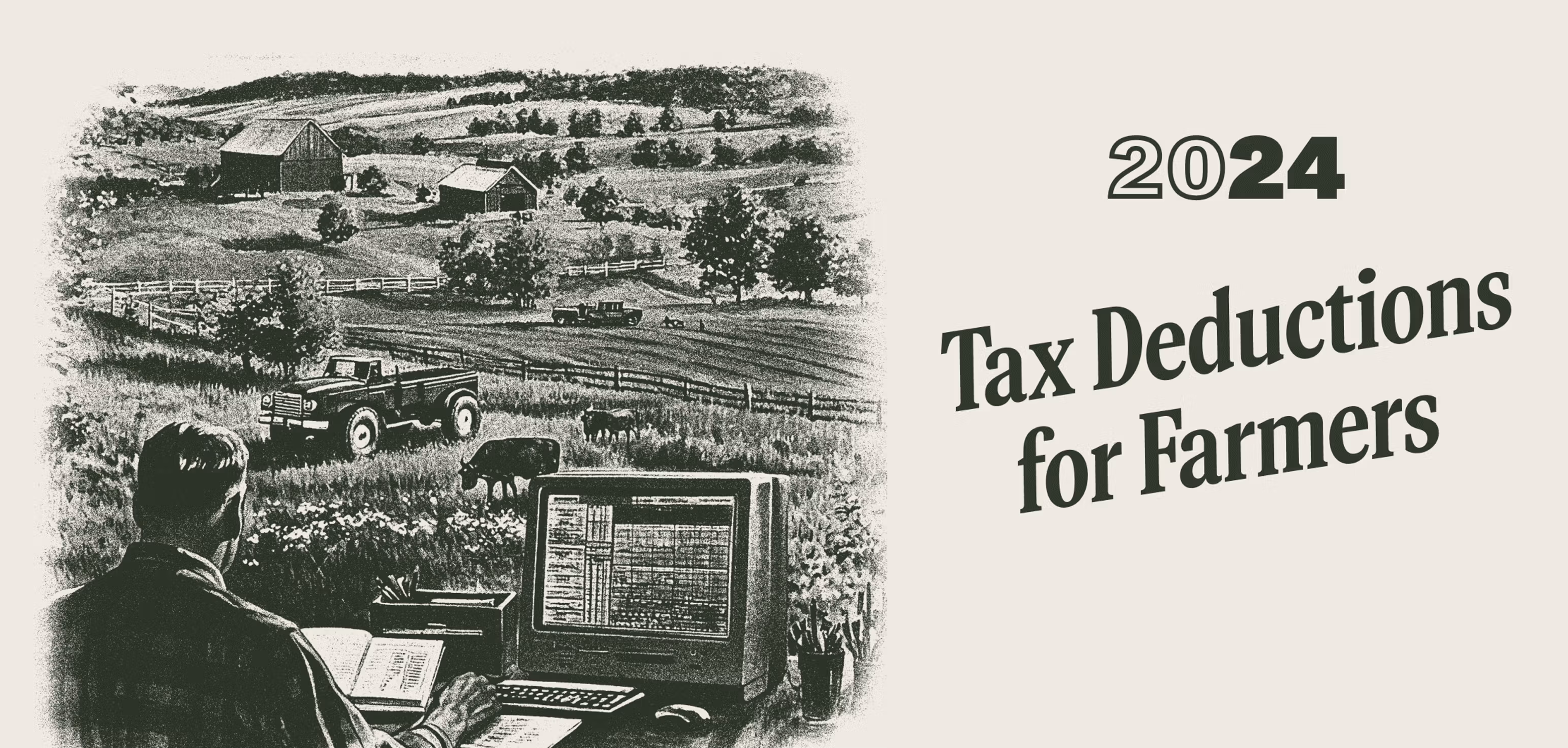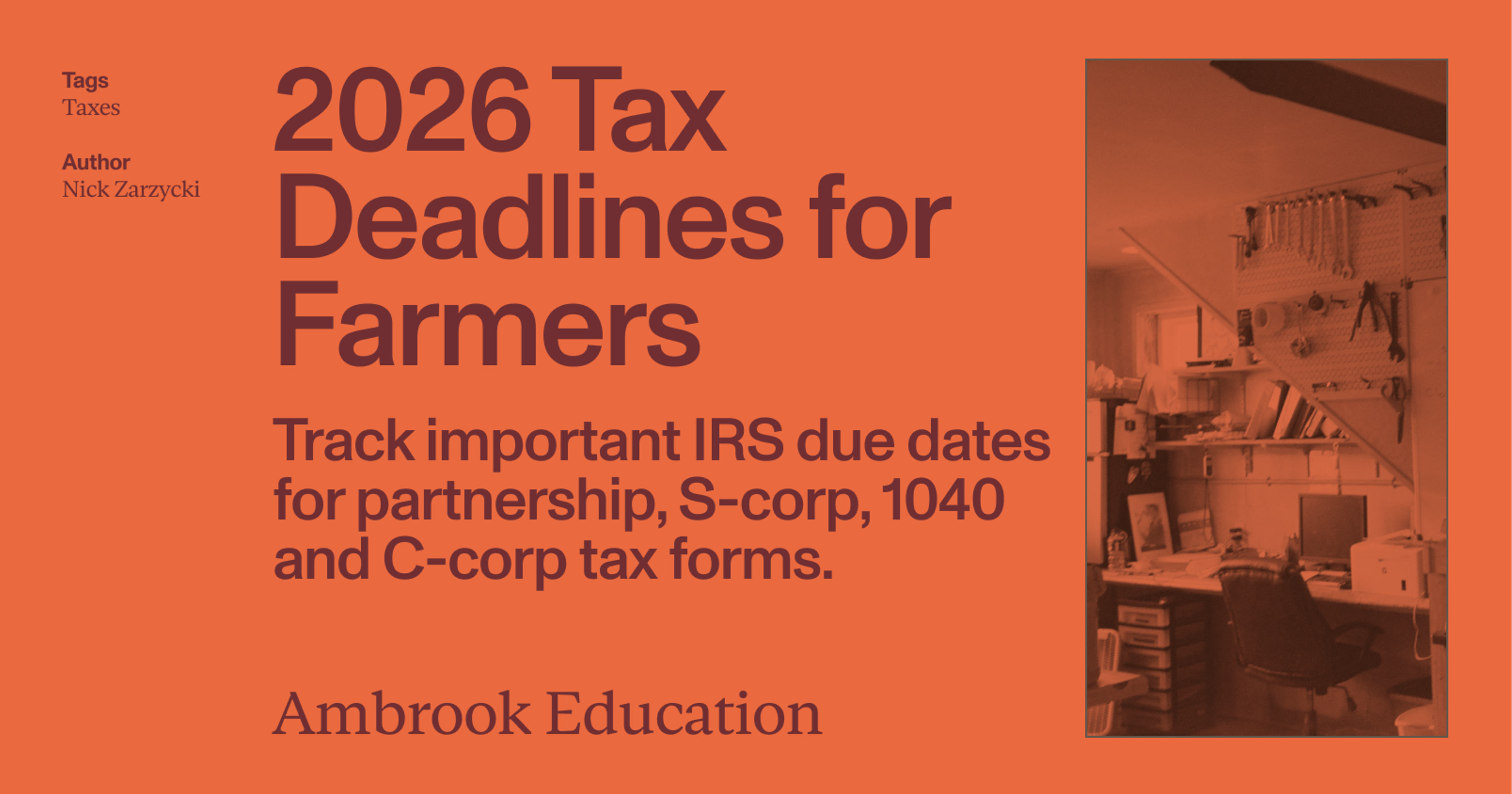Lower your tax burden, simplify your tax accounting, and invest in new capital with these powerful deductions.
Small businesses rarely get a break, but that’s exactly what Section 179 is: a special tax rule that allows small businesses to instantly write off millions in qualifying property – up to $2,500,000 in 2025 – in the year that it’s purchased.
Coupled with another tax rule called “Bonus Depreciation,” it’s one of the most powerful tools small businesses have to lower their tax burden. Here’s how it works, and what to expect when you elect section 179 on Form 4562.
What is Section 179?
Also sometimes called the “immediate expense election,” Section 179 allows businesses to write off a portion of their equipment, machinery, and other tangible property immediately, rather than waiting to depreciate it over many years.
There are limits and exceptions for some buildings and vehicles, and the total value of the Section 179 deduction also can’t exceed the taxpayer’s total income for that year. It also can’t exceed a total amount of $2,500,000 in 2025, and it starts to phase out when you purchase more than $4,000,000 of assets during the year.
Since it was introduced in the 1950s (when the government first started using tax deductions to help stimulate the economy) section 179 has been a valuable tool for small businesses, helping them reduce their tax bill, simplify their tax accounting, and invest in new capital.
Section 179 limit in 2025:
$2,500,000
Phases out after:
$4,000,000
Which expenses can I use it for?
You can use Section 179 to write off most tangible property used in your business. For farmers, this includes machinery and equipment like milk tanks, grain bins, gasoline storage tanks and pumps, automatic feeders and barn cleaners, tractors, combines, and threshers.
Single-purpose agricultural structures like chicken coops and hog barns, as well as horticultural structures like greenhouses are also eligible, as are improvements to property like heating and air conditioning systems, roofs, fences, fire protection, and security systems.
Breeding livestock is also eligible, including horses, cattle, hogs, sheep, goats, and mink and other fur-bearing animals.
What can’t I use it for?
You can’t use Section 179 for assets you purchased from someone you’re related to, and it only applies to 15-year property or less, which means it can’t be used for certain farm buildings like sheds, barns, farmhouses, and other 20-year assets.
Section 179 also can’t be used for land or improvements to land, including paved parking lots, bridges, and non-agricultural fences.
Four-wheeled vehicles used mainly on public roads up to 6,000 lbs. are considered “light vehicles” by the I.R.S., and the total allowable Section 179 deduction for them is capped. Consult our guide to deducting car and truck expenses for Section 179 limits on light vehicles.
How do the Section 179 limits work?
The maximum you can deduct for section 179 property placed in service in 2025 is $2,500,000.
This amount can’t exceed your aggregate business taxable income, which includes Schedule C income, Schedule F income, income from partnerships and S Corporations, wages, and section 1231 and 1245 gains.
For 2025, section 179 also “phases out” after $4,000,000. This means that if the total amount of your Section 179-eligible expenses in 2025 exceeds $4,000,000 by any amount, your Section 179 deduction is reduced by that amount.
This is what makes section 179 a “small business” tax break: businesses with significantly more than $4,000,000 in annual capital expenses won’t be able to take advantage.
You can generally still depreciate any property you don’t deduct using Section 179.
What if I use my property for personal use?
Section 179 cannot be elected for personal property. It can be applied to property you use for both personal and business use, but only if you use that property for business more than 50% of the time in the year you place it in service. If you did, multiply the percentage of business use by the cost of the property to figure your section 179 deduction.
How do I elect the section 179 deduction?
You elect the section 179 deduction by completing Part I of Form 4562, Depreciation and Amortization, which is filed with your tax return.
Are there any downsides to section 179?
While section 179 can be useful, it can also make it difficult to sell certain assets or pass them down to your relatives.
For example, if your percentage of business use drops below 50% or you stop using the property in your business before the end of its useful life, it will no longer qualify for section 179, and you’ll have to start depreciating it like any other asset.
If there’s a difference between the original section 179 deduction and the amount you would have deducted using regular depreciation, that’s referred to as ‘section 179 recapture,’ and you’ll have to report that amount on your taxes as income.
For this reason and more, we recommend consulting a tax professional before claiming section 179 on your return.
Additional First-Year Depreciation
The 2017 Tax Cuts and Jobs Act (TCJA) made some important changes to a tax rule called additional first-year depreciation (AFYD) which allowed taxpayers to write off a large percentage of the cost of certain qualifying assets placed in service after September 27, 2017.
The TCJA allowed farmers to write off 100% of the cost of property placed in service from September 27, 2017, to December 31, 2022. Also sometimes called “Bonus Depreciation,” AFYD is a powerful tool because it can be claimed after reaching the Section 179 limit.
That 100% benefit began to phase out after 2022. For assets placed in service in 2023, it decreased to 80%. Then in July 2025, the One Big Beautiful Bill Act (OBBBA) changed things again when it reset Bonus Depreciation to 100% permanently for purchases made after January 19, 2025.
What kind of property qualifies for bonus depreciation?
The rules here are very similar to section 179. Bonus depreciation can’t be used for 20-year assets like sheds, barns, and farmhouses, and it also can’t be used for land or improvements to land. It can be used for most other tangible property, including improvements.
Like section 179, bonus depreciation only applies to business property, or property you use in your business more than 50% of the time.
How does Bonus Depreciation work in 2025?
If you acquired property after September 27, 2017, and you placed it in service after December 31, 2023 and before January 1, 2025, you can deduct 60% of its cost using bonus depreciation. For January 1-19, 2025, you can deduct 40%. If you acquired and placed property into service after January 19th, 2025, however, you can choose between 40% and 100%.
Farmers in particular should know that bonus depreciation also applies to certain specified plants bearing fruits and nuts planted or grafted after December 31, 2023 and before January 1, 2025.
Bonus Depreciation
allowance after Jan. 19, 2025:
100%
Kickstart your Tax Planning with Ambrook
Ambrook’s category tags correspond directly to each line on Schedule F, making it easy to compare your tax return to your records and saving you hours of work during tax season.
With time-saving bookkeeping automation features, automatically-generated financial reports, streamlined bill pay and invoicing, and other powerful accounting and financial management tools, Ambrook doesn’t just make filing your taxes easy: it takes the guesswork out of running your business. Want to learn more? Schedule a demo today.
Want to learn more about Ambrook?
This resource is provided for general informational purposes only. It does not constitute professional tax, legal, or accounting advice. The information may not apply to your specific situation. Please consult with a qualified tax professional regarding your individual circumstances before making any tax-related decisions.






